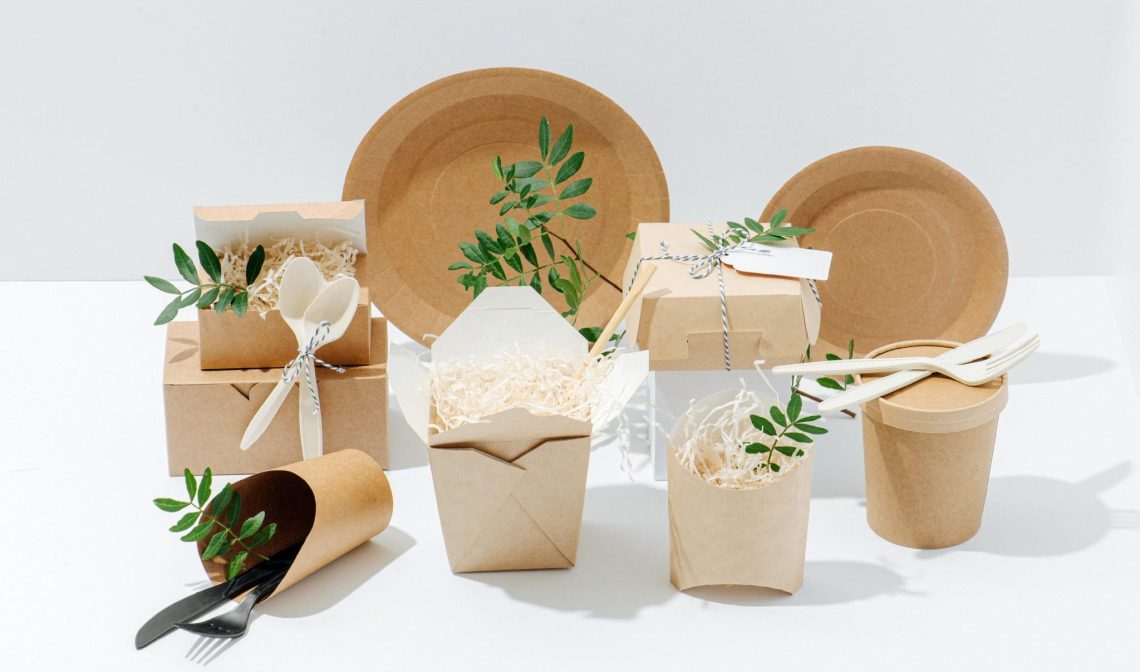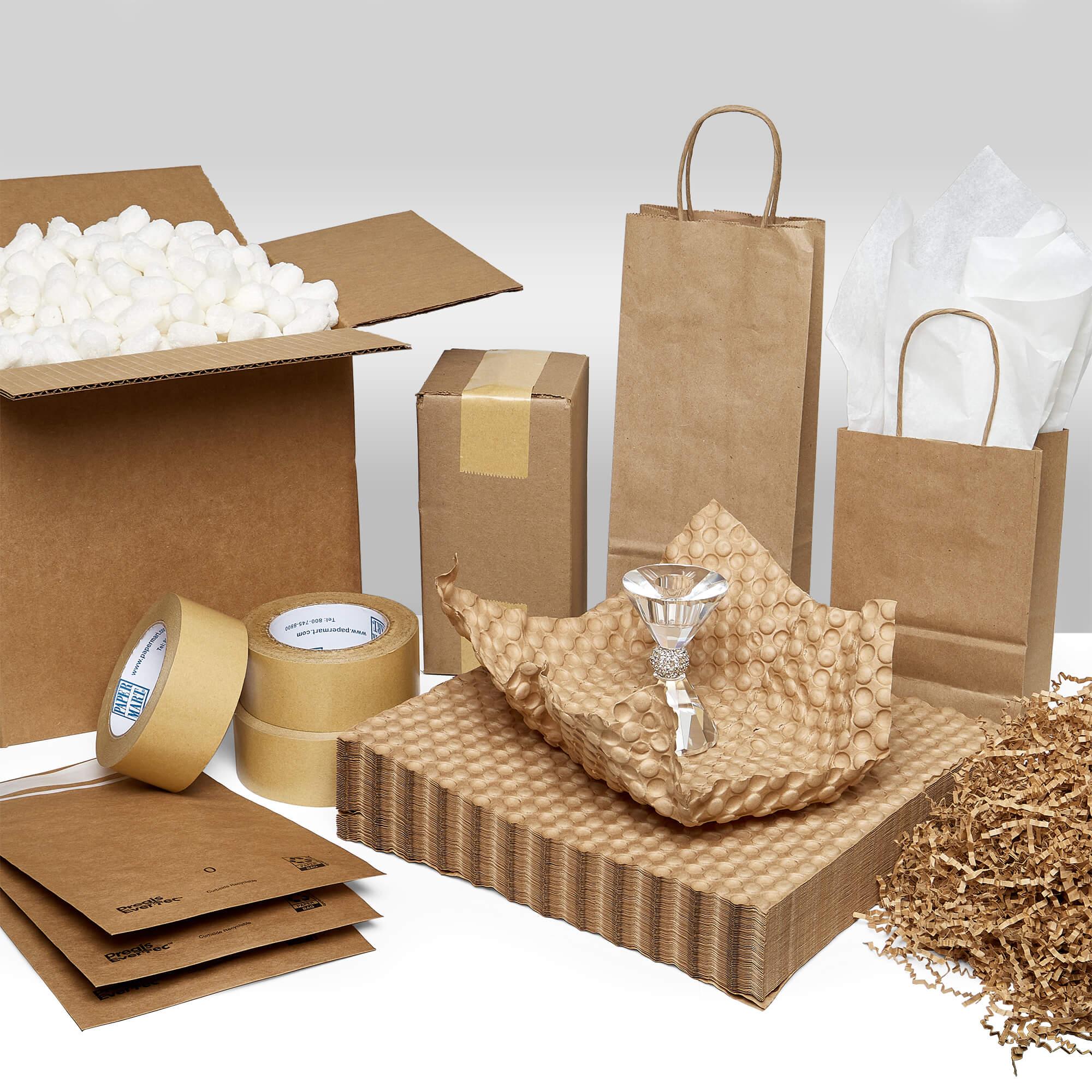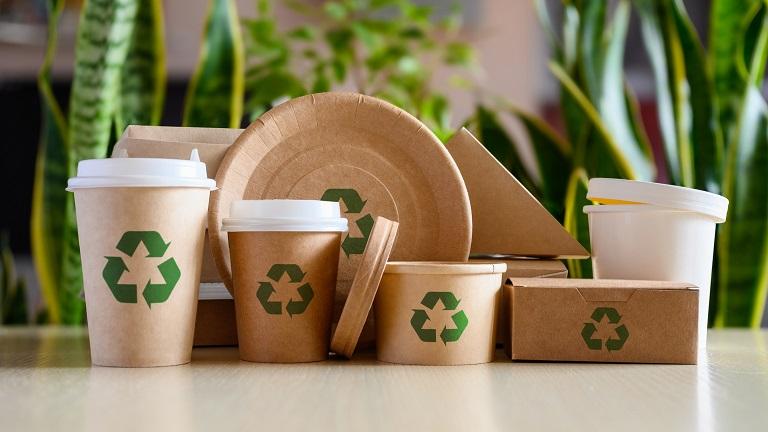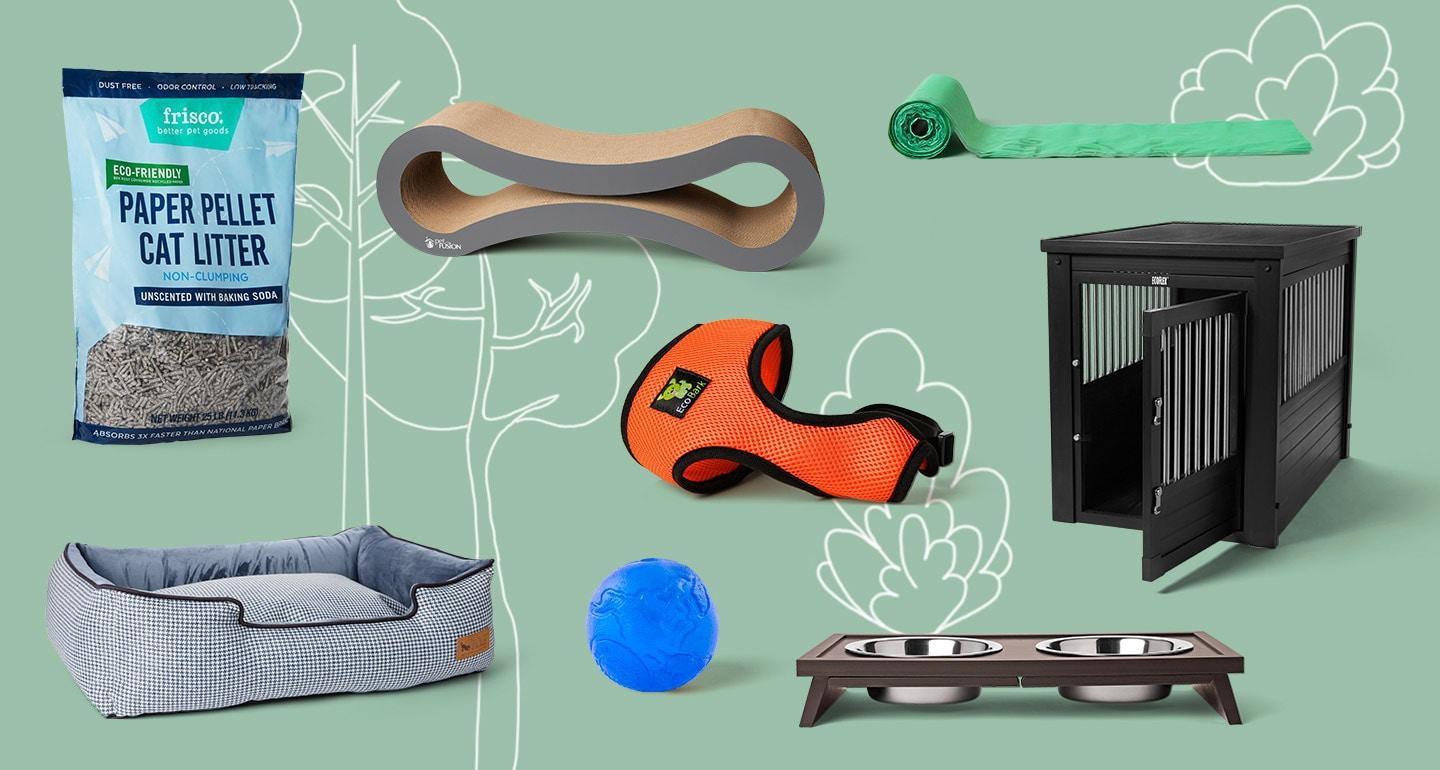
Paw-sitive Change: Embracing Sustainable Packaging in Pet Products
In a world increasingly defined by its environmental challenges, the pet industry is taking a meaningful step forward—and it’s all thanks to our beloved furry companions. “Paw-sitive Change: Embracing sustainable Packaging in Pet Products” dives into the innovative strides being made to reduce the ecological paw print of pet care. As pet owners become more conscious of their choices, the push for eco-friendly solutions has sparked a revolution in how pet products are packaged and delivered. From biodegradable bags to compostable materials, the shift towards sustainable packaging not only benefits the planet but also enhances the well-being of our pets. In this exploration, we will uncover the transformative impact of sustainable practices within the pet industry and inspire a collective movement towards a greener future, one paw at a time.
Table of Contents
- Exploring the Environmental Impact of Traditional Pet Product Packaging
- Innovative Materials Transforming the Pet Product Industry
- Practical Steps for Brands to Adopt sustainable Packaging Solutions
- Empowering Pet Owners: How to Choose Eco-friendly Products
- In Retrospect

Exploring the Environmental Impact of Traditional Pet Product Packaging
Traditional packaging for pet products often relies on materials that are not only harmful to the environment but also contribute significantly to waste accumulation. Many popular pet food brands package their products in plastic bags,metal tins,and non-recyclable containers. these materials typically end up in landfills, taking years to decompose. The environmental impact is far-reaching, affecting wildlife and ecosystems. Moreover, the production processes for these packaging materials often involve high carbon emissions, which exacerbate climate change. As pet ownership rises globally, so does the urgency to reconsider how we package these essential products.
In the quest for sustainability, brands are now exploring alternatives that minimize their ecological footprint. Some innovative approaches include:
- Biodegradable materials: Utilizing materials that naturally decompose without leaving harmful residues.
- Recycled packaging: Engaging in a circular economy by using post-consumer materials.
- Minimalist designs: Reducing excess packaging thru clever design that uses less material without compromising safety.
by adopting these sustainable practices, pet brands not only protect the environment but also appeal to the growing number of eco-conscious consumers. With every shift towards greener packaging, there is a ripple effect that encourages responsible consumption and fosters a healthier planet for pets and humans alike.

Innovative Materials Transforming the Pet Product Industry
In recent years,the pet product industry has witnessed a remarkable shift towards sustainability,with innovative materials leading the charge. Manufacturers are increasingly adopting alternatives that not only cater to pet welfare but also prioritize environmental responsibility. From biodegradable dog waste bags to recycled plastic toys, these materials offer practical solutions that minimize ecological footprints while ensuring the safety and comfort of our furry companions. Here are some of the most promising materials revolutionizing the market:
- Bamboo Fiber: Naturally antibacterial, durable, and biodegradable.
- Recycled Nylon: Transforms plastic waste into robust leashes and collars.
- Cork: A renewable resource ideal for eco-friendly pet beds.
- Plant-Based Bioplastics: Derived from corn or sugarcane, these are compostable alternatives to traditional plastics.
This movement doesn’t merely stop at product innovation; it extends to packaging as well. Sustainable packaging solutions are becoming focal points for brands committed to reducing their carbon footprint. With materials like post-consumer recycled cardboard and compostable wrappers, brands not only enhance their eco-credentials but also connect with increasingly environmentally-conscious pet owners. A closer look at the impact of these changes reveals a significant conversion:
| Material | Benefits | Typical Uses |
|---|---|---|
| Bamboo Fiber | biodegradable,antibacterial | Bowls,bedding |
| Recycled Plastic | Reduces waste,durable | Toys,feeding dishes |
| Compostable Films | Supports composting initiatives | Packaging,bags |

Practical Steps for Brands to Adopt Sustainable Packaging Solutions
To effectively transition towards eco-friendly packaging, brands in the pet products industry can start with a thorough assessment of their current materials and processes.Conducting an audit will help identify areas were sustainable alternatives can be implemented. Consider options such as biodegradable bags, recycled paper, or compostable materials. Additionally, forming partnerships with suppliers who prioritize sustainable practices can amplify your impact. Engaging in collaborative projects focused on reducing waste can also enhance brand credibility while promoting the cause.
next,focus on transparent interaction with consumers regarding sustainable initiatives. this includes providing detailed information on packaging materials and the environmental benefits they offer. Hosting workshops or webinars can educate pet owners about the importance of sustainable practices.Furthermore, consider implementing a feedback loop where customers can share their thoughts on packaging designs. This feedback can inform future packaging decisions, ensuring that they’re aligned with consumer values while bolstering brand loyalty.

Empowering Pet Owners: How to Choose Eco-Friendly Products
Choosing eco-friendly products for your pets is an empowering decision that benefits not only your furry companions but the planet as well. When selecting items for your pet, consider looking for those made from sustainable materials. Here are some attributes to prioritize:
- Biodegradable Materials: Look for pet toys and accessories crafted from natural substances that break down easily in the environment.
- Recyclable Packaging: Check if the packaging can be recycled or repurposed, reducing waste in landfills.
- Non-Toxic Options: Ensure that products are free from harmful chemicals, which can be harmful to both pets and the environment.
another crucial aspect is the brand’s commitment to sustainability. Many companies now emphasize their eco-friendly practices. Consider finding those that actively support environmental causes. You can often discover this information through their mission statements or social media platforms. To further assist your decision-making, check out the following table featuring eco-conscious brands and their sustainable initiatives:
| Brand | initiative |
|---|---|
| PetCo | Supports local shelters and adopts sustainable sourcing practices. |
| BarkBox | Uses recycled materials in packaging and offers eco-friendly chew toys. |
| Earth Rated | Produces compostable dog waste bags and supports environmental charities. |
In Retrospect
As we reflect on the growing trend of sustainable packaging in the pet product industry, it becomes clear that the choices we make today can lead to a brighter, greener future for our beloved companions. Embracing innovative, eco-friendly materials not only reduces our carbon pawprint but also sets a powerful example for future generations of pet lovers. By holding brands accountable and demanding sustainable solutions,we can contribute to a healthier planet where pets thrive alongside their humans.
As we move forward, let us champion the notion that every little change counts — just like those wagging tails and gentle purrs that remind us of the joy our pets bring. Together, we can ensure that the love we extend to our furry friends is matched by our commitment to protecting the environment they call home. So, the next time you’re shopping for your pet, remember: sustainable choices matter, and every purchase is an chance for ‘paw-sitive change’.





